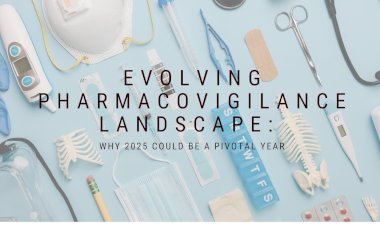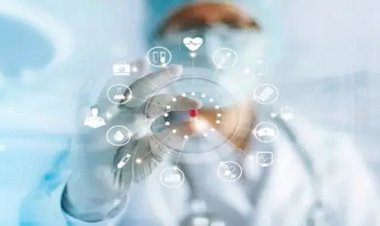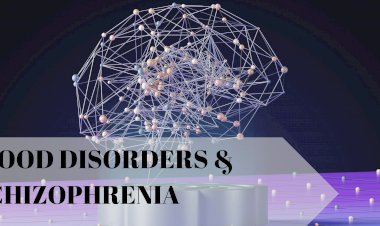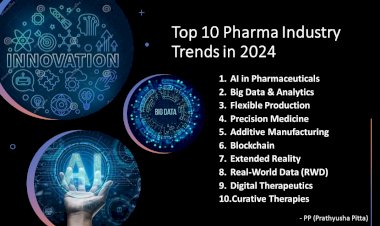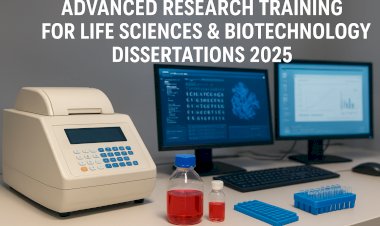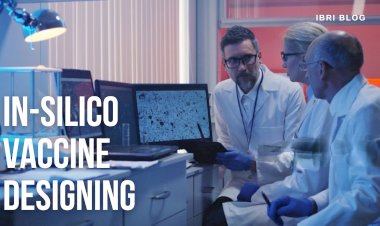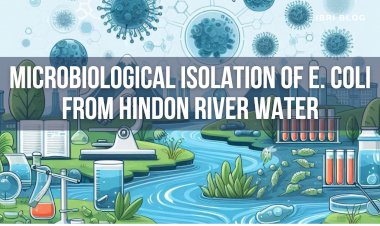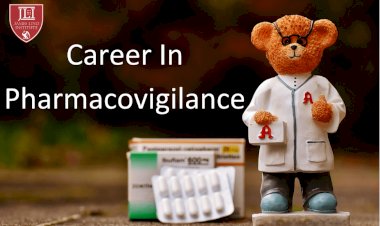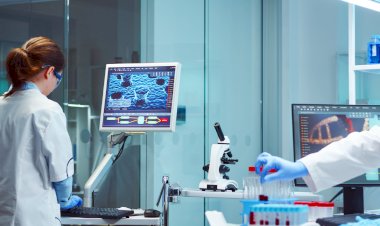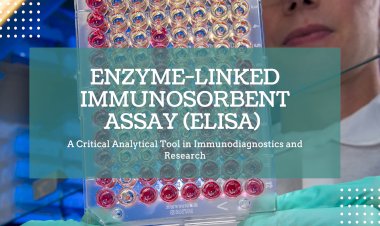Pharmacovigilance- an overview
Pharmacovigilance is a critical field focused on monitoring and ensuring the safety of medications post-market. It involves detecting, assessing, and preventing adverse drug reactions (ADRs) to protect patients and support regulatory compliance. While clinical trials provide initial safety data, pharmacovigilance identifies risks that may emerge during long-term, real-world use. The process includes ADR reporting, data collection, risk evaluation, and regulatory actions like dosage adjustments or drug withdrawals. Global organizations like the WHO and ICH standardize practices, and new technologies like AI enhance signal detection. Ultimately, pharmacovigilance helps safeguard public health and improve drug safety.

Pharmacovigilance is a critical discipline within the healthcare and pharmaceutical sectors, dedicated to ensuring the safety and effectiveness of medications post-market. In a country as vast and diverse as India, ensuring the safety of medications for its 1.4 billion people is a monumental task. This is where pharmacovigilance—the science of monitoring and managing adverse drug reactions (ADRs)—plays a critical role. By systematically analyzing real-world drug use, pharmacovigilance ensures that medicines remain effective and safe for everyone.
This article delves into the significance of pharmacovigilance, its operational mechanisms, and its indispensable contributions to public health.
What is Pharmacovigilance?
Pharmacovigilance involves the scientific and practical efforts aimed at identifying, assessing, monitoring, and preventing drug-related risks. It serves as an extension of the drug development process, ensuring that medications maintain stringent safety standards once widely distributed.
While clinical trials provide valuable insights into drug efficacy and safety, their scope is limited by controlled environments and selected populations. Upon entering the broader market, drugs are exposed to varied demographics, long-term usage, and real-world complexities, underscoring the importance of pharmacovigilance in identifying and addressing unforeseen safety concerns.
Why Is Pharmacovigilance Important?
- Patient Safety: Pharmacovigilance seeks to protect patients from harm caused by unanticipated drug side effects. Its continuous monitoring enables healthcare providers to access updated information about the risks and benefits of treatments, thereby supporting informed decision-making.
- Regulatory Compliance: The Central Drugs Standard Control Organization (CDSCO), India’s national regulatory authority, works in tandem with PvPI to ensure pharmaceutical companies adhere to safety standards. Regular reporting of ADRs is mandated to maintain compliance.
- Identifying Long-term Risks: Prolonged exposure to certain drugs may reveal side effects that were not apparent during initial testing phases. Pharmacovigilance facilitates the detection of these risks, enabling timely interventions, including dosage modifications, warnings, or product withdrawals.
- Improving Drug Development: Real-world data gathered through pharmacovigilance provides pharmaceutical companies with actionable insights, driving improvements in future drug formulations and research methodologies.
How Does Pharmacovigilance Work?
Pharmacovigilance relies on continuous data collection and analysis. Here’s a breakdown of the process:
- Reporting Adverse Drug Reactions (ADRs):
Healthcare professionals, patients, and pharmaceutical companies play pivotal roles in reporting adverse reactions. These reports form the backbone of pharmacovigilance efforts. Platforms like MedWatch (U.S.), Yellow Card (UK), or PvPI’s app (India) facilitate efficient data collection.
- Data Collection and Surveillance:
Once the ADRs are reported, they are entered into large databases and systems. These databases track the frequency, severity, and type of adverse reactions, helping identify patterns or unusual events related to specific drugs.
Epidemiological studies and signal detection (identifying new potential safety issues) are also important aspects of pharmacovigilance.
- Risk Assessment and Evaluation:
Experts assess whether the ADRs are linked to the drug in question. This involves statistical analysis to determine if the reactions are unusual or if they occur more frequently than would be expected.
The goal is to determine if a drug's benefit-risk profile needs adjustment based on the new data.
- Regulatory Actions:
Regulatory bodies implement safety measures such as dosage modifications, label updates, or drug withdrawal when necessary.
- Communication and Risk Minimization:
Timely and transparent communication ensures that healthcare providers and patients are informed about medication-related risks and precautions.
Key Components of Pharmacovigilance
Pharmacovigilance systems typically involve a few key elements that make monitoring drug safety effective:
- Signal Detection: Identifying new, unexpected adverse reactions or events that may be related to a drug. This process helps detect rare or long-term effects that may not have been observed during clinical trials.
- Risk Management: Implementing strategies to minimize risks associated with drugs once they are on the market, such as monitoring high-risk medications or providing guidelines for proper use.
- Periodic Safety Update Reports (PSURs): Pharmaceutical companies are required to submit PSURs at regular intervals to regulatory authorities. These reports summarize the safety profile of a drug and help assess whether additional actions are necessary.
- Pharmacovigilance Inspections and Audits: Regulatory authorities may also conduct inspections to ensure companies are adhering to pharmacovigilance regulations and that patient safety is being properly monitored.
Global Pharmacovigilance Initiatives
Various organizations and initiatives worldwide help standardize pharmacovigilance practices and ensure safety across borders:
- World Health Organization (WHO): The Uppsala Monitoring Centre, run by WHO, is a global leader in pharmacovigilance. It maintains a large international database of ADR reports called the WHO Global Individual Case Safety Reports (ICSRs).
- International Council for Harmonisation (ICH): The ICH has developed global guidelines on pharmacovigilance to ensure consistency across different regulatory systems.
- European Medicines Agency (EMA): The EMA's Pharmacovigilance Risk Assessment Committee (PRAC) reviews and evaluates information on the safety of medicines, offering recommendations to the European Commission.
The Future of Pharmacovigilance
As technology evolves, so does pharmacovigilance. With the advent of big data, artificial intelligence (AI), and machine learning, pharmacovigilance has become more efficient and effective. AI can analyze vast amounts of data from multiple sources (clinical trials, patient reports, social media, etc.) to detect potential safety signals much faster than traditional methods.
Additionally, patient-centered pharmacovigilance is gaining traction, where patients are more actively involved in reporting adverse reactions through digital platforms and mobile apps. This engagement helps provide a more comprehensive picture of a drug’s safety profile.
The Role of IBRI Noida in Pharmacovigilance Training
The Indian Biological Sciences and Research Institute (IBRI) in Noida plays a pivotal role in advancing pharmacovigilance expertise in India. Through its specialized training programs, IBRI provides hands-on experience in key areas such as adverse drug reaction (ADR) reporting, signal detection, and regulatory compliance. Participants gain practical knowledge of tools like Vigiflow and MedDRA coding, ensuring they are well-equipped to meet the demands of the pharmacovigilance industry. By bridging the gap between theoretical knowledge and real-world application, IBRI contributes significantly to building a skilled workforce dedicated to drug safety and public health.
Conclusion
Pharmacovigilance is an indispensable component of healthcare, ensuring the safety and efficacy of medications in a constantly evolving landscape. By identifying and addressing adverse drug reactions, it protects patients, supports regulatory compliance, and advances pharmaceutical innovation.
Through technological advancements and collaborative efforts, pharmacovigilance continues to strengthen its role as a guardian of public health, fostering trust and reliability in modern medicine.








